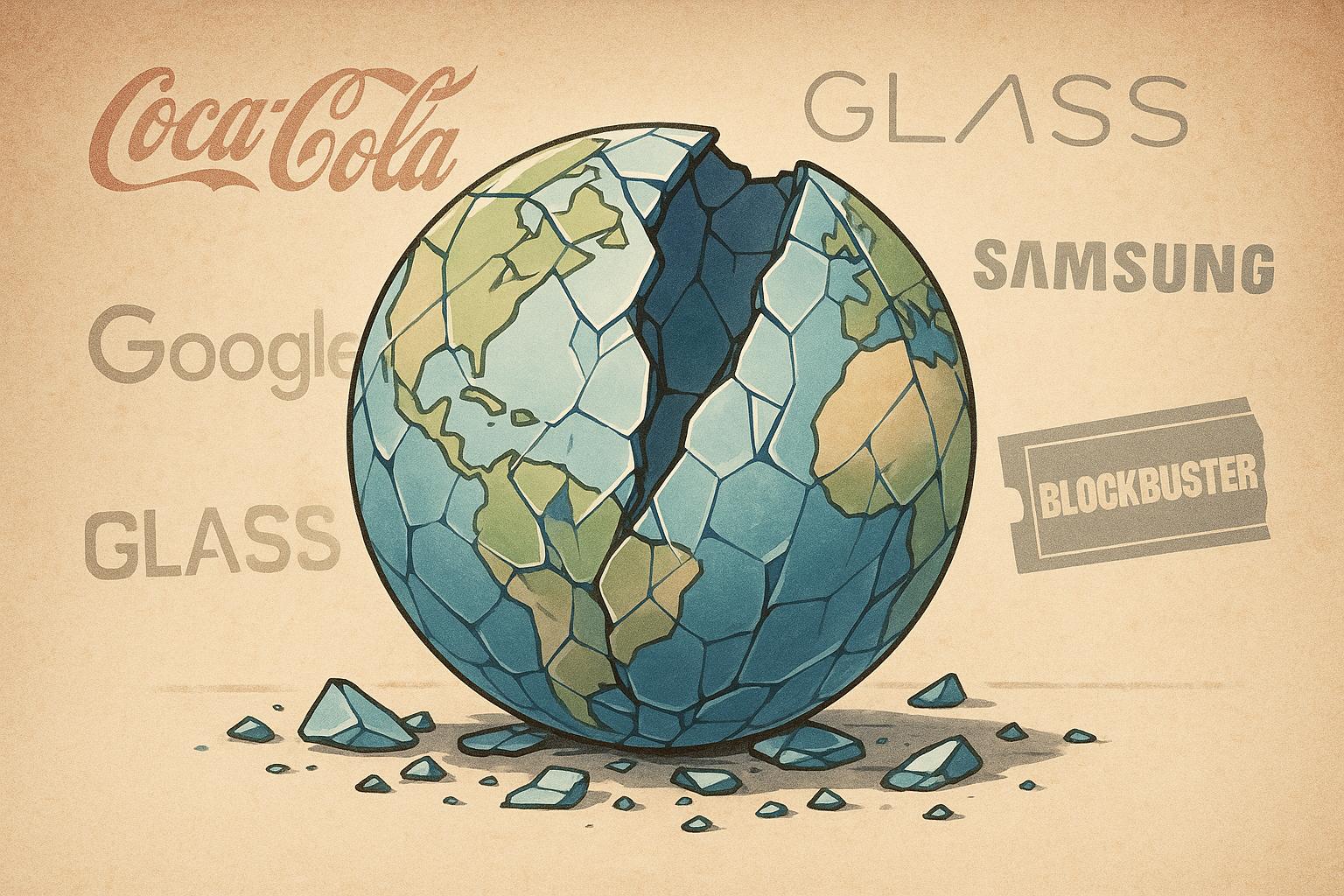Launching a new product can often be a high-stakes gamble for any brand, with the potential for both soaring success and disastrous failure. Understanding the cautionary tales of brands that have experienced significant downturns due to a single product failure can help entrepreneurs and consumers alike to spot red flags and avoid costly mistakes. Several high-profile product flops have not only failed to meet market expectations but also dragged their parent brands down with them.
One of the most notorious examples is Coca-Cola’s introduction of “New Coke” in 1985, a move aimed at revitalising the beloved brand in the face of rising competition from Pepsi. While extensive market testing suggested a preference for a sweeter formulation, the backlash that ensued when loyal consumers felt a deep-rooted emotional connection to the original formula was overwhelmingly negative. Public protests and a significant decline in sales forced Coca-Cola to swiftly reintroduce its original product as “Coca-Cola Classic” just three months later. This incident highlights the perils of underestimating brand loyalty and the consumer's emotional connection to a product.
Similar lessons can be drawn from Google Glass, which was intended to usher in a new era of wearable technology. Initially heralded for its innovation, the product quickly became a punchline, beset by privacy concerns, an awkward design, and a lack of clear use cases. Analysts argued that the product's failure stemmed from its unclear value proposition and inadequate mainstream marketing. Consequently, consumer scepticism grew, leading to a tarnished reputation not just for the device itself but for Google’s future innovations in the hardware sector. In an attempt to salvage this technology, Google later rebranded it for enterprise use, shifting its focus from consumers to specific industrial applications.
In the realm of mobile technology, the Samsung Galaxy Note 7 faced catastrophic consequences when reports emerged of its batteries catching fire. The ensuing global recall not only spiralled into significant financial losses for the company but also inflicted lasting damage on Samsung's reputation for safety and reliability in electronics. The disaster exemplifies the critical importance of prioritising rigorous testing and quality assurance before a product arrives on the market. Fast-paced development cycles can lead brands to overlook essential safety measures, sometimes with dire ramifications.
Blockbuster’s attempt to compete with Netflix through its “Total Access” rental service is another cautionary tale. The service, which ultimately failed to meet consumer needs and was launched too late, showcased the risks of trying to catch up with disruptive innovations without fully understanding the market landscape. Blockbuster’s inability to address the rise of digital streaming and its convoluted pricing strategy rendered it obsolete, leading to significant brand erosion and eventually, bankruptcy.
Juicero, a high-tech juice machine priced at $400, promised convenience but delivered absurdity, as consumers discovered they could manually squeeze juice packs without the gadget. The company folded within two years, becoming an emblem of Silicon Valley excess and a stark reminder that genuine consumer value is paramount in product development. Clarity of purpose in messaging and a commitment to delivering real benefits are essential for any successful innovation.
Pepsi’s foray into the clear soda market with Crystal Pepsi is a further illustration of the pitfalls of neologisms. Despite heavy marketing, the product was met with confusion and disappointment from consumers who didn’t quite understand what the brand was attempting to achieve. Its removal from shelves within a year served as a reminder that aligning product offerings with consumer expectations is crucial to maintaining brand integrity.
Microsoft’s Zune, intended as a competitor to Apple's iPod, suffered from poor marketing and an unremarkable feature set, hindered further by its late entry into the market. This failure not only translated into financial loss but also adversely affected Microsoft’s standing in the consumer electronics field. Entering an already saturated market without clear differentiation can lead to devastating consequences, as evidenced by the Zune’s lack of lasting legacy.
Kodak, although a pioneer of digital photography, failed to leverage its innovation due to fears of cannibalising its film business, leading to a delayed entry into the digital market that ultimately proved disastrous. The lesson here is profound: if companies remain mired in the past, they risk facilitating their own obsolescence.
Finally, Quibi serves as a modern reminder that substantial funding does not guarantee a successful product. The short-form streaming service, armed with nearly $2 billion, collapsed within six months of launch due to a failure to resonate with audience needs and an impractical mobile-only format. This rapid decline illustrates that understanding consumer behaviour is vital, regardless of financial backing.
In exploring these high-profile failures, common themes emerge that underline crucial lessons for brands. Maintaining a genuine connection with consumers, prioritising safety, and recognizing the shifts in industry trends are all integral to avoiding the pitfalls that led to these disastrous products. For entrepreneurs and established enterprises alike, these narratives serve as sobering reminders of the precarious nature of innovation in today’s marketplace. By learning from these missteps, brands can navigate the difficult terrain of product development and steer clear of making costly and avoidable mistakes.
Reference Map:
- Paragraph 1 – [1]
- Paragraph 2 – [2], [4]
- Paragraph 3 – [5], [7]
- Paragraph 4 – [1], [3]
- Paragraph 5 – [1]
- Paragraph 6 – [1], [6]
- Paragraph 7 – [3]
- Paragraph 8 – [1]
- Paragraph 9 – [1], [2]
- Paragraph 10 – [1]
Source: Noah Wire Services
